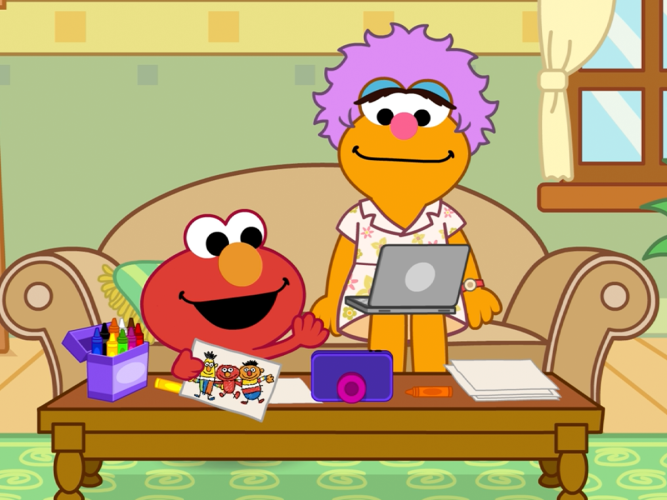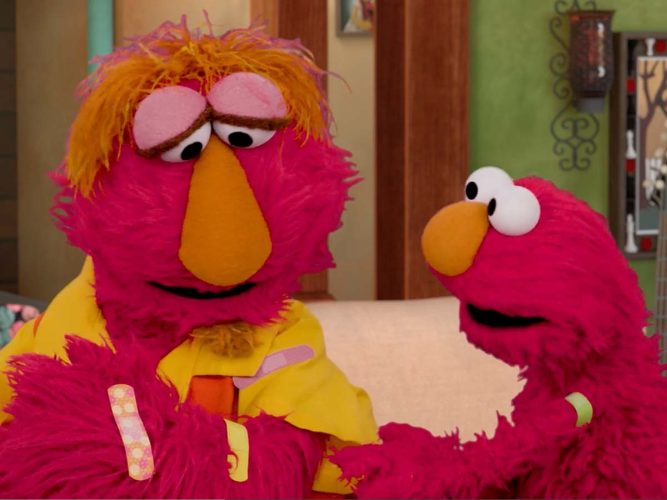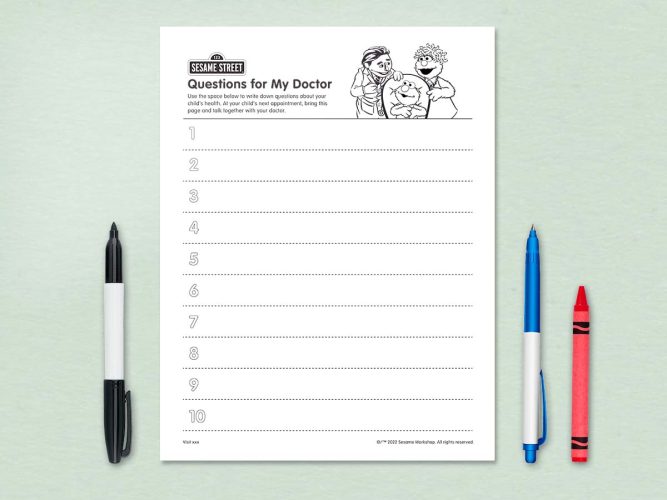
The Challenges of Working From Home
Tips to help children play by themselves from time to time throughout the day.
by Wendy Stone, PhD, University of Washington, Department of Psychology http://uwreadilab.com
Depending on where you live and what’s happening with COVID-19, your family has likely had periods of time during which you’re all at home 24/7! If you’re working remotely or handling multiple responsibilities and tasks, you’re naturally less able give children as much attention as they are used to, so of course it helps if they can play by themselves from time to time throughout the day.
All young children need to develop the ability to wait for things they want, whether it’s playing a game with their brother or getting a tickle from their mom. And all children are still developing their understanding of time, so to them “five minutes” may feel like five hours! Spoken explanations can be helpful in describing the order of daily activities (“After lunch, we’ll go for a walk”), but they don’t work as well for children with communication difficulties. That, of course, makes it hard for them to know what they’re supposed to be doing, where they’re supposed to be, and when they can play with other family members.
When children are older and have a better understanding of time, it’s easier for them to play on their own, which naturally lets you focus on other things! Here are some suggestions for helping children with autism play more independently.
Use timers. Visual timers, such as those used in the kitchen, can help children understand how long they have to wait before getting what they want (such as daddy taking a break to play). For example, the timer can be set for 10 minutes while your child plays independently with blocks (he or she may check the timer now and then to see how much time is left). The amount of time you set will depend on your child’s age and abilities; it’s usually best to start with shorter times and build slowly to longer times.
Use visual schedules. You can make a poster that shows the order of specific activities for the day, or for part of the day. Use small cards on which you have written and/or drawn a simple word and icon for each activity. Arrange the cards from left to right to indicate the sequence of activities. For instance, 1. play with toys, 2. put toys away, 3. say hi to mom while she takes a work break, 4. watch a video, 5. play a game with brother, 6. lunchtime. With practice, many children will learn to move through the schedule independently, knowing that there will be times that they can visit you when you’re working.
Post a sign on the door of the room you’re working in (or on the wall wherever you’re working) that looks like a stoplight to show when you’re free. Use a Velcro (or sticky clay) to attach a cut-paper arrow to the sign to indicate:
- Green: Come in!
- Yellow: Please knock first.
- Red: I’m busy, please wait.
Use other visual and physical reminders. These cues let children know where a certain activity should take place. For example, you can designate a specific area of the room as a “play space” by using bookshelves to define the space. You might also use a rug or mat or put down masking tape to show the boundaries. This strategy can encourage self-control.
Emphasize routines. A predictable order of events can lower children’s anxiety and help them build independence. Some examples of consistent routines are washing our hands before meals, walking the dog after breakfast, and reading bedtime stories before going to sleep.
Offer rewards. Children can earn stars, stickers, or other special treats for following their schedule. If you put the stickers on a poster, children can see that if they earn a certain number of stickers, then they can get a special treat.

Helping Children Through Grief Related To COVID-19
There are ways to help families talk about death, express their feelings, and grieve together.

Good Questions (and Answers) About Covid-19 Vaccines
Common questions children ask about vaccines, and possible answers.

Hooper’s Store Reopens
As communities open up, together we can adjust to a new way of doing things—while keeping everyone safe.

When Children Miss Their Friends
There are ways to stay connected with people we love...safely.

Elmo Gets the Covid-19 Vaccine
Elmo and Louie share their experience with the COVID-19 vaccine.

Elmo’s Bravery Bandage
A coloring page to help celebrate a child’s bravery when getting a shot.

Questions for My Doctor
A place for parents and children to list questions for their doctor.
